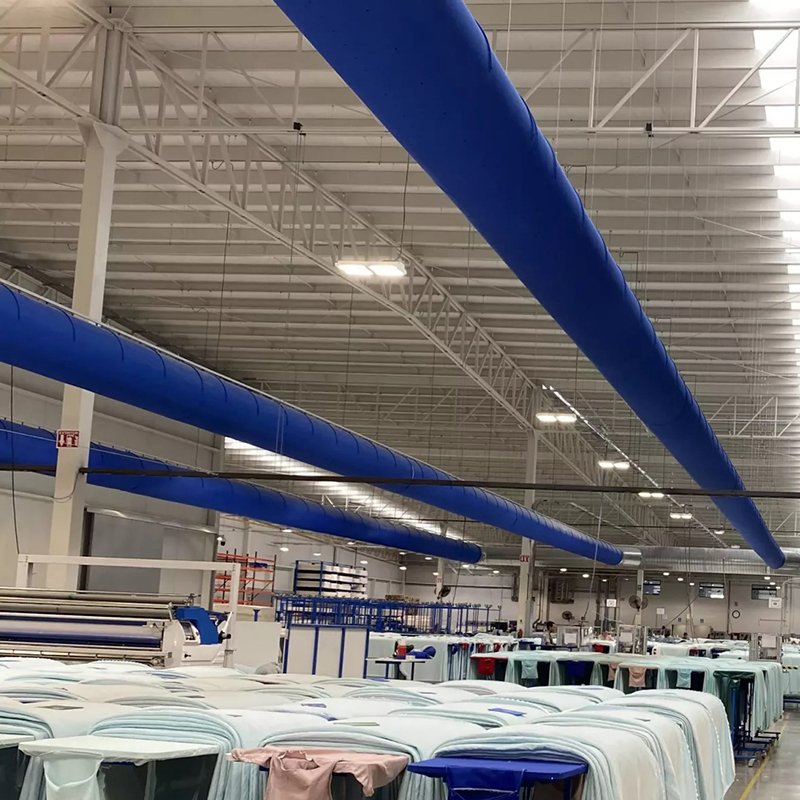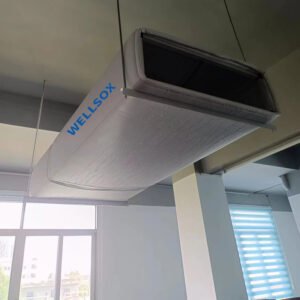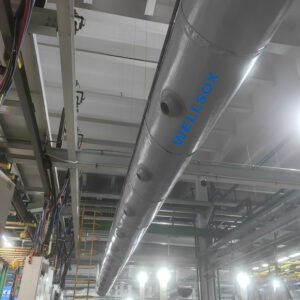Large-scale ventilation systems can present unique challenges when it comes to designing fabric air ducts. However, with the right approach and expertise, it is possible to create a highly efficient and effective system. Here are some key factors to consider when designing fabric air ducts for large-scale ventilation systems:
- Determine the Airflow Requirements
The first step in designing fabric air ducts for a large-scale ventilation system is to determine the airflow requirements for your space. This will depend on factors such as the size and shape of the space, the number of occupants, and the level of ventilation required. Once you have determined your airflow requirements, you can work with a fabric air duct manufacturer to design a system that can meet those needs.
- Consider the Layout of the Space
The layout of your space will also play a critical role in the design of your fabric air ducts. You will need to consider factors such as the location of walls and partitions, the placement of equipment and other obstructions, and the overall shape of the space. By taking these factors into account, you can design a fabric air duct system that can effectively distribute air to every area of your space.
- Choose the Right Fabric Material
The choice of fabric material is another important factor to consider when designing fabric air ducts for a large-scale ventilation system. You will need to select a material that is both durable and lightweight, yet also able to handle the airflow requirements of your space. In addition, you will want to choose a material that is easy to clean and maintain, as this can help ensure the long-term efficiency of your system.
- Optimize the Design for Efficiency
To maximize the efficiency of your fabric air duct system, you will want to optimize the design for minimal air resistance and pressure drop. This can be achieved through careful attention to details such as the size and placement of air inlets and outlets, the shape and layout of the air ducts, and the overall flow dynamics of the system.
- Ensure Compliance with Building Codes and Safety Standards
Finally, it is important to ensure that your fabric air duct system complies with all relevant building codes and safety standards. This may include requirements for fire resistance, air quality, and other factors. By working with a fabric air duct manufacturer who has experience with these requirements, you can ensure that your system meets all necessary standards.
In conclusion, designing fabric air ducts for large-scale ventilation systems requires careful consideration of factors such as airflow requirements, space layout, fabric material, design efficiency, and safety standards. By working with an experienced fabric air duct manufacturer who can help you navigate these challenges, you can create a highly effective and efficient ventilation system that can meet the needs of your space.




